Grishneshwar Jyotirlinga temple history, Significance, location, nearest place
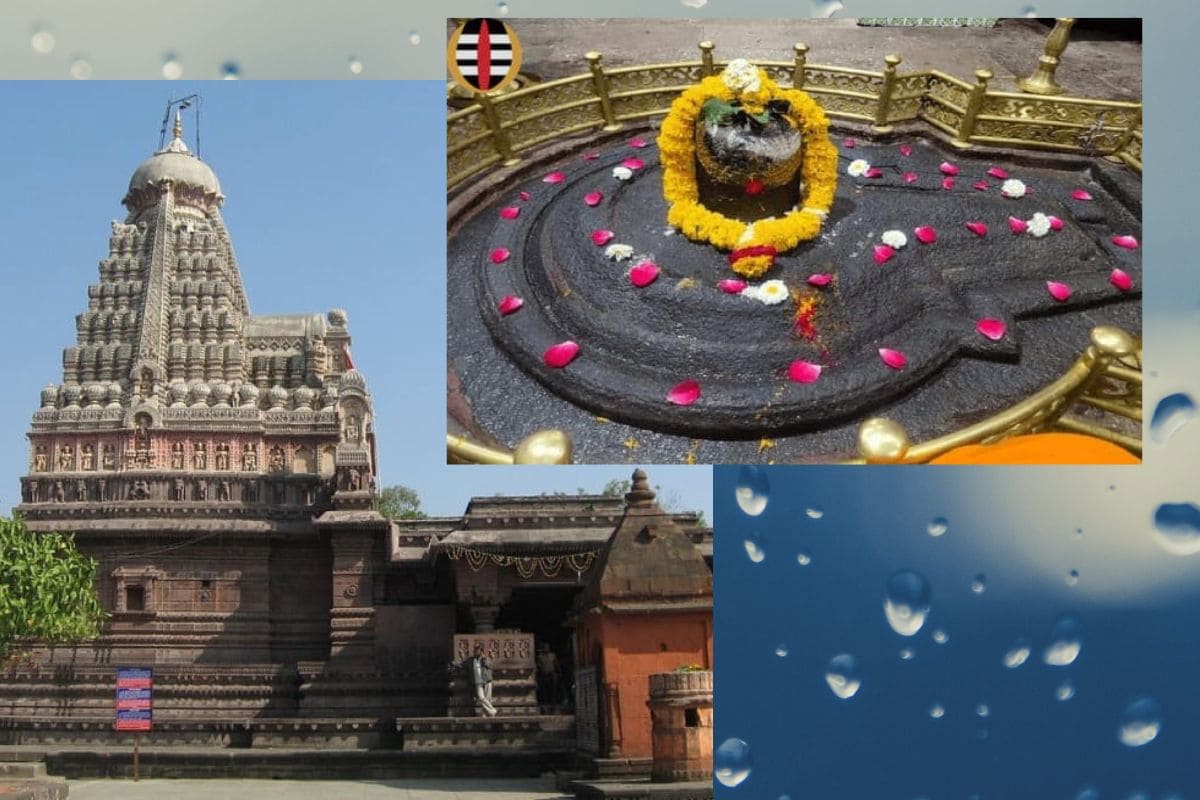
Grushneshwar Jyotirlinga
Grushneshwar Jyotirlinga is a Hindu temple of Shiva in Verul village of Aurangabad district, Maharashtra, India. It is one of the 12 Jyotirlinga mandirs. The mandir is a national protected site, one and a half kilometers away from the Ellora Caves, 30 kilometres (19 miles) north-west of the city Aurangabad, and 300 kilometres (190 miles) east-northeast far from Mumbai. Grushneshwar is mentioned in the Shiva Purana, the Skanda Purana, the Ramayana and the Mahabharata.
History
The temple structure was destroyed by the Delhi Sultanate in 13th and 14th centuries. The temple went through several rounds of rebuilding followed by re-destruction during the Mughal-Maratha conflict. Maloji Bhosale (grandfather of Shivaji) first restored it in the 16th century and rebuilt it to its current form in the year 1729, under the sponsorship of Queen Gautama Bai Holkar of Indore, after the fall of the Mughal Empire. It is presently an important and active pilgrimage site of the Hindus and attracts long lines of devotees daily. Anyone can enter the temple premises and its inner chambers, but to enter the sanctum sanctorum (garbha-gruha) of the temple, the local Hindu tradition demands that men must go bare-chested.
Historical Background
This story about the Grushneshwar jyotirlinga is described in the Puranas- in the south country, there lived a very bright ascetic Brahmin named Sudharma, near the Devgiri Mountain. His wife’s name was Sudeha. Both of them had a lot of love for each other. They had no problems of any kind, but they had no children.
Astrological calculations showed that there could be no childbirth from Sudeha’s womb. Sudeha was very keen to have children. She urged Sudharma to marry her younger sister.
At first, Sudharma did not want to do this but in the end, he had to bow down to his wife’s insistence. He could not resist her request. He married his wife’s younger sister Ghushma and brought her home. Ghushma was a very humble and virtuous woman. She was an ardent devotee of Shiva. Every day, she made one hundred and one earthly Shivalingas and worshiped them with true devotion.
Shiva caused a very beautiful and healthy child to be born from her womb a few days later. With the birth of the child, there was no end to the joy of both Sudeha and Ghushma. Their days were going by very comfortably. A while later a bad thought took birth in Sudeha’s mind. She thought, “I don’t have anything in this house. Everything here has been infiltrated. She also took control of my husband. The child is also hers.” This evil thought slowly began to grow in her mind. Meanwhile the child of Ghushma was also growing up. Slowly, he became young. He also got married.
Finally, one day, Sudeha killed Ghushma’s young son while sleeping at night. She took his body and threw it in the same pond in which Ghushma used to immerse the earthly Shivalingas every day. In the morning, everyone came to know about it. There was chaos in the whole house. Both Sudharma and his daughter-in-law beat their heads and started crying bitterly. But Ghushma remained engrossed in the worship of Shiva as usual as if nothing had happened. After finishing the puja, she set out to release the mortal Shivalingas into the pond. When she started returning from the pond, her beloved son was seen coming out from inside the pond. He fell at the feet of Ghushma.
As if he was somewhere nearby at the same time, Shiva also appeared there and asked Ghushma to ask for a boon. He was very angry with Sudeha’s heinous act. He was eager to slit her throat with his trident. Ghushma folded his hands and said to Shiva- ‘Prabhu! If you are happy with me, forgive that unfortunate sister of mine. She has committed a heinous sin, but by Your mercy I got my son back. Now forgive her my lord! I have one more prayer, for the welfare of the people, you should live in this place forever.’
Shiva accepted both these things. Appearing in the form of Jyotirlinga, he started living there. Due to the worship of Sati Shiva devotee Ghushma, he became known here as Ghushmeshwar Mahadev.
Grushneshwar Jyotirlinga Temple
Basic Information
Basic Information
- Name: Grushneshwar Jyotirlinga (also spelled Grishneshwar, Ghrushneshwar, or Ghushmeshwar)
- Presiding Deity: Lord Shiva (as Grushneshwar, “Lord of Compassion”)
- Significance: The 12th and last Jyotirlinga of the 12 revered Shiva temples
- Temple Style: South Indian (Hemadpanti style of architecture)
Location
- Village: Verul (also called Ellora)
- Taluka: Khuldabad
- District: Aurangabad
- State: Maharashtra, India
- Nearby Landmark: Just 1 km from the Ellora Caves, a UNESCO World Heritage Site
- Distance from Aurangabad City: ~30 km
Legend and Mythology
Origin Story (from Shiva Purana)
- A devoted woman named Kusuma worshipped Lord Shiva by immersing a Shiva Linga in a nearby pond each day.
- Her husband’s first wife, jealous of her devotion, killed Kusuma’s son.
- Despite her grief, Kusuma continued her daily worship.
- Moved by her devotion, Lord Shiva appeared, revived her son, and revealed himself as a Jyotirlinga.
- He blessed her and declared that he would reside there as Grushneshwar.
The name Grushneshwar means “Lord of compassion”, reflecting Shiva’s merciful nature toward his devotees.
Architecture and Features
- Built By: Queen Ahilyabai Holkar of Indore (18th century)
(The same ruler who rebuilt the Kashi Vishwanath and Somnath temples) - Style: Hemadpanti architecture – black stone with carved pillars and sculptures
- Temple Highlights:
- Intricately carved stone walls and ceilings
- Five-tiered shikhara (tower)
- Nandi (sacred bull) statue at the entrance
- Garbhagriha (sanctum) where the Jyotirlinga is enshrined
Rituals and Worship
- Open to both men and women
- Devotees can touch the Shiva Linga (rare in Jyotirlingas)
- Special rituals on:
- Mahashivratri
- Shravan Month (July–August)
- Mondays (sacred to Shiva)
How to Reach
- By Air: Nearest airport is Aurangabad Airport (~30 km)
- By Train: Aurangabad Railway Station is well connected
- By Road: Accessible via bus or taxi from Aurangabad, Ellora, and Mumbai
Nearby Attractions
- Ellora Caves – Rock-cut temples of Hinduism, Buddhism, and Jainism (1 km away)
- Daulatabad Fort – Historical hill fortress (~20 km)
- Bibi Ka Maqbara – Known as the “Mini Taj Mahal” (~30 km)
- Aurangzeb’s Tomb – Located in Khuldabad
Mentions in Scriptures
- Mentioned in the Shiva Purana
- The twelfth and last Jyotirlinga mentioned in the list:
“Saurashtre Somanatham, Shrishaile Mallikarjunam… Grushneshwaram Shivalingam“
(Sloka listing all 12 Jyotirlingas)
Best Time to Visit
- October to March – Pleasant weather
- Mahashivratri & Shravan Maas – Highly spiritual and festive atmosphere
Quick Facts Recap
Feature | Details |
Deity | Lord Shiva (Grushneshwar) |
State | Maharashtra |
District | Aurangabad |
Nearest City | Aurangabad |
Built by | Ahilyabai Holkar |
Jyotirlinga Number | 12th (last in the list) |
Special Access | Devotees can touch the Linga |
Famous Nearby Site | Ellora Caves (1 km) |
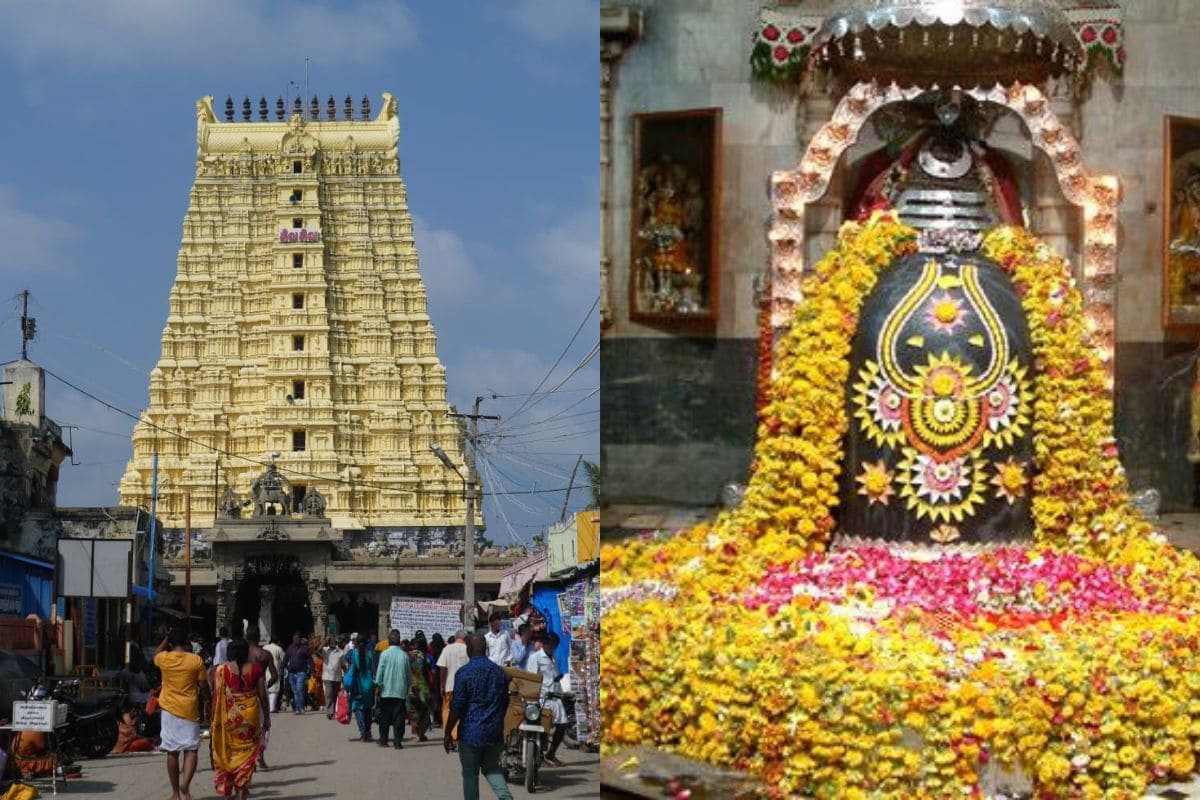
Rameshwaram Jyotirlinga temple history, Significance, location, nearest place
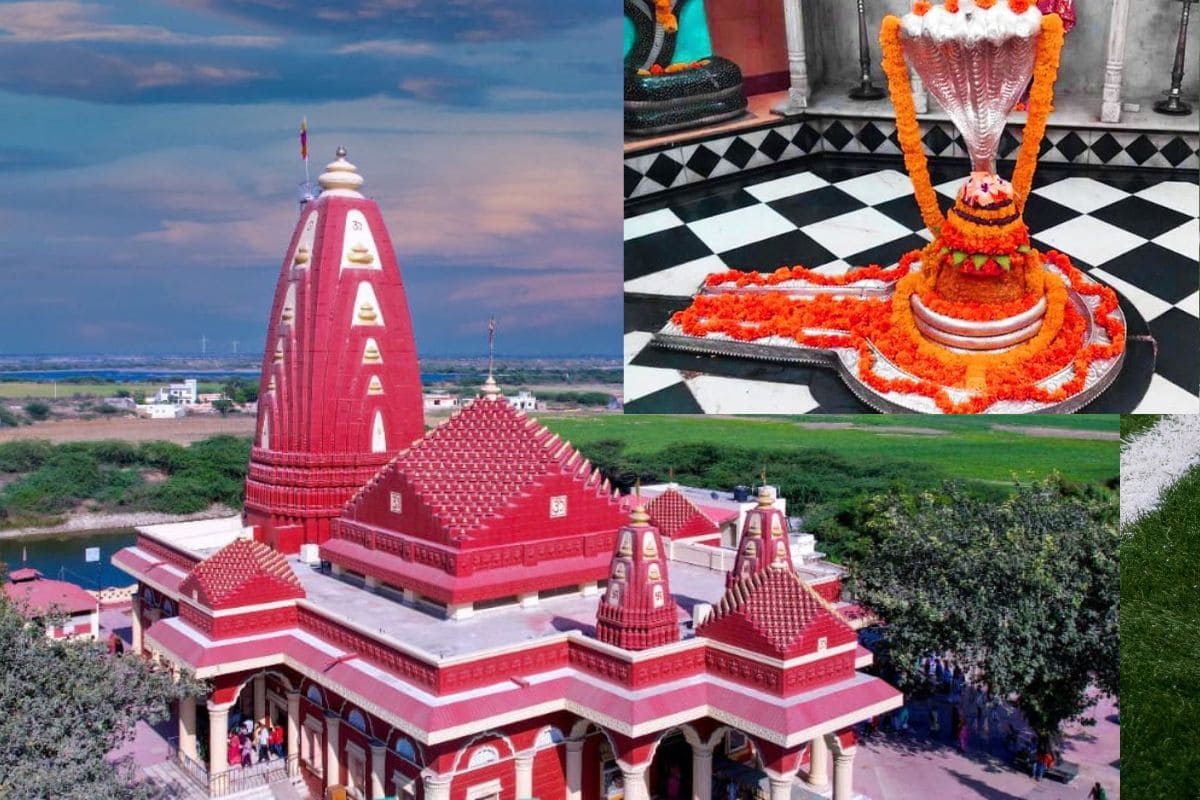
Nageshwar Jyotirlinga temple history, Significance, location, nearest place
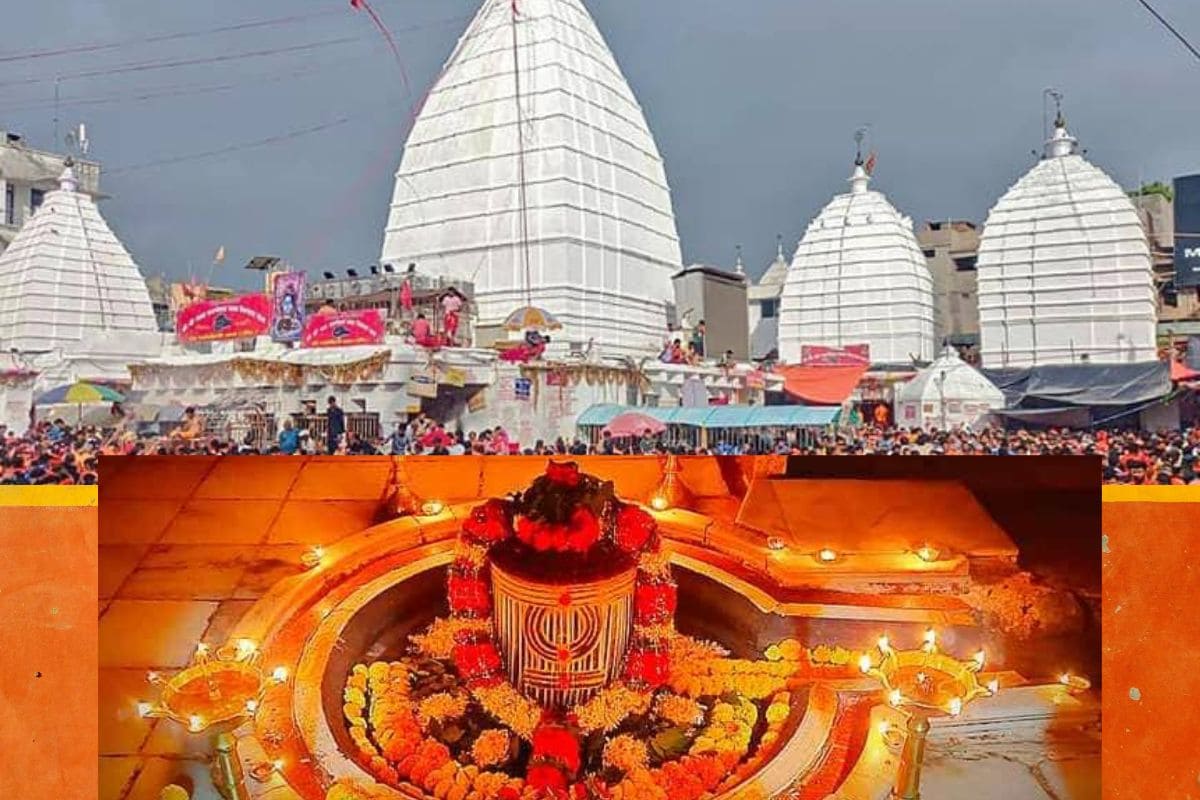
Vaidyanath Jyotirlinga temple history, Significance, location, nearest place
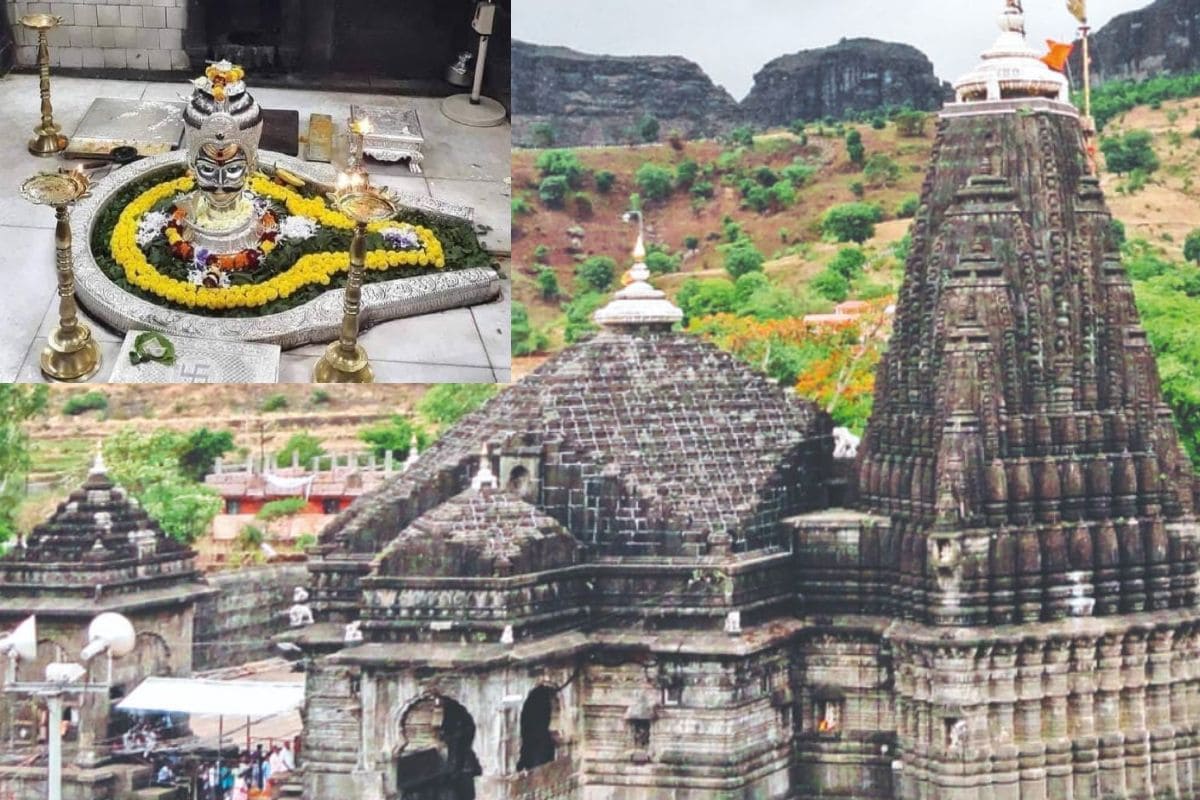
Trimbakeshwar Jyotirlinga temple history, Significance, location, nearest place
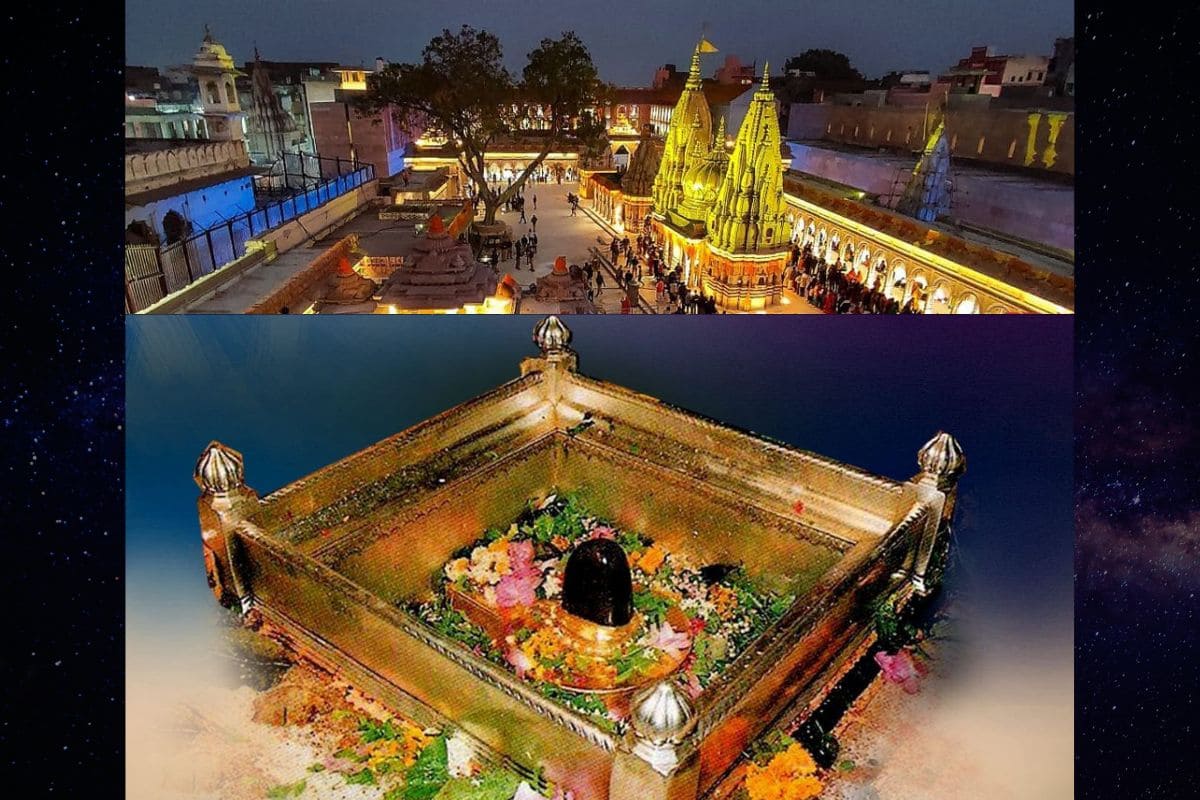
Kashi Vishwanath Jyotirlinga temple history, Significance, location, nearest place
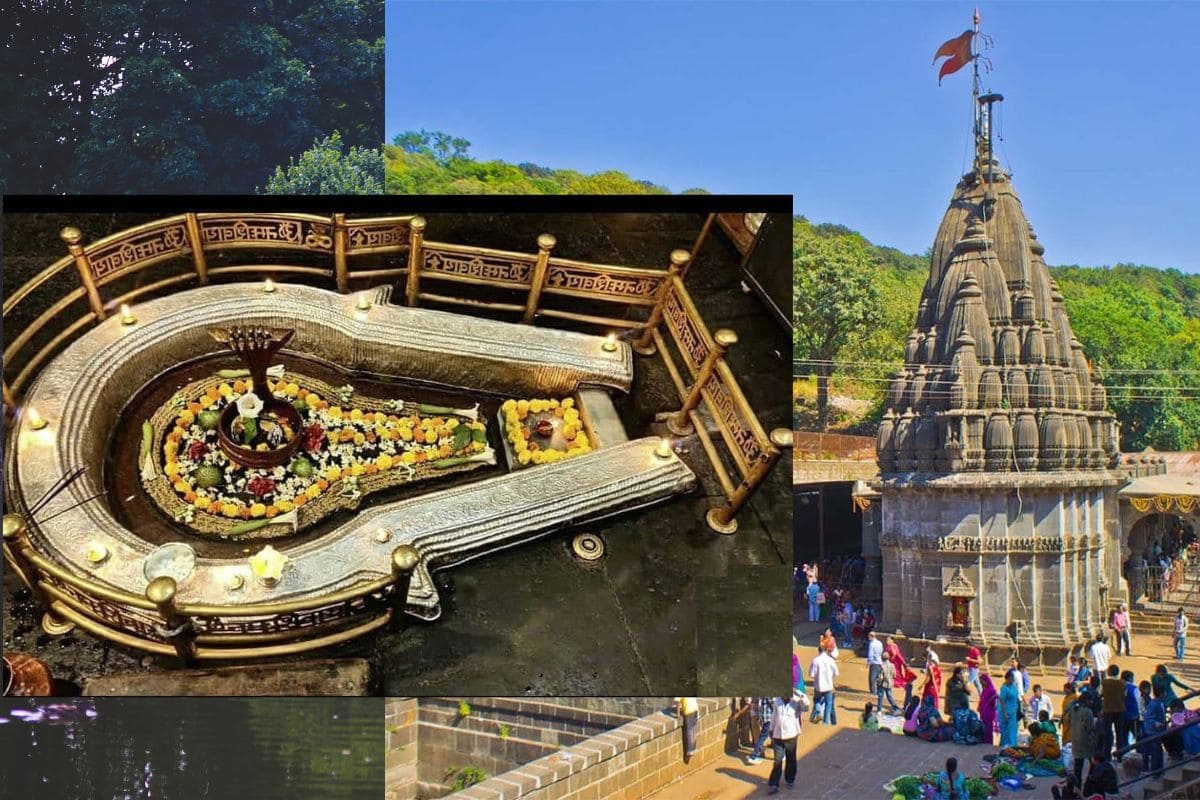
Bhimashankar Jyotirlinga temple history, Significance, location, nearest place
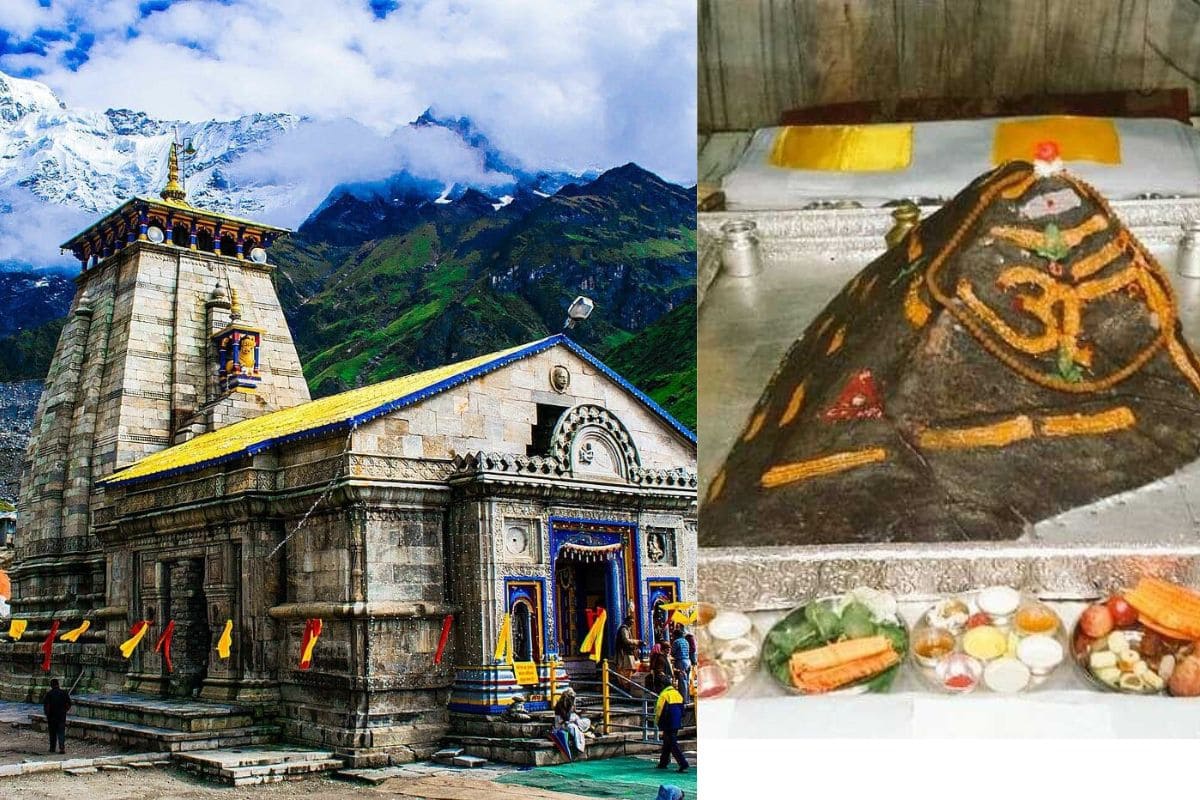
Kedarnath Jyotirlinga temple history, Significance, location, nearest place
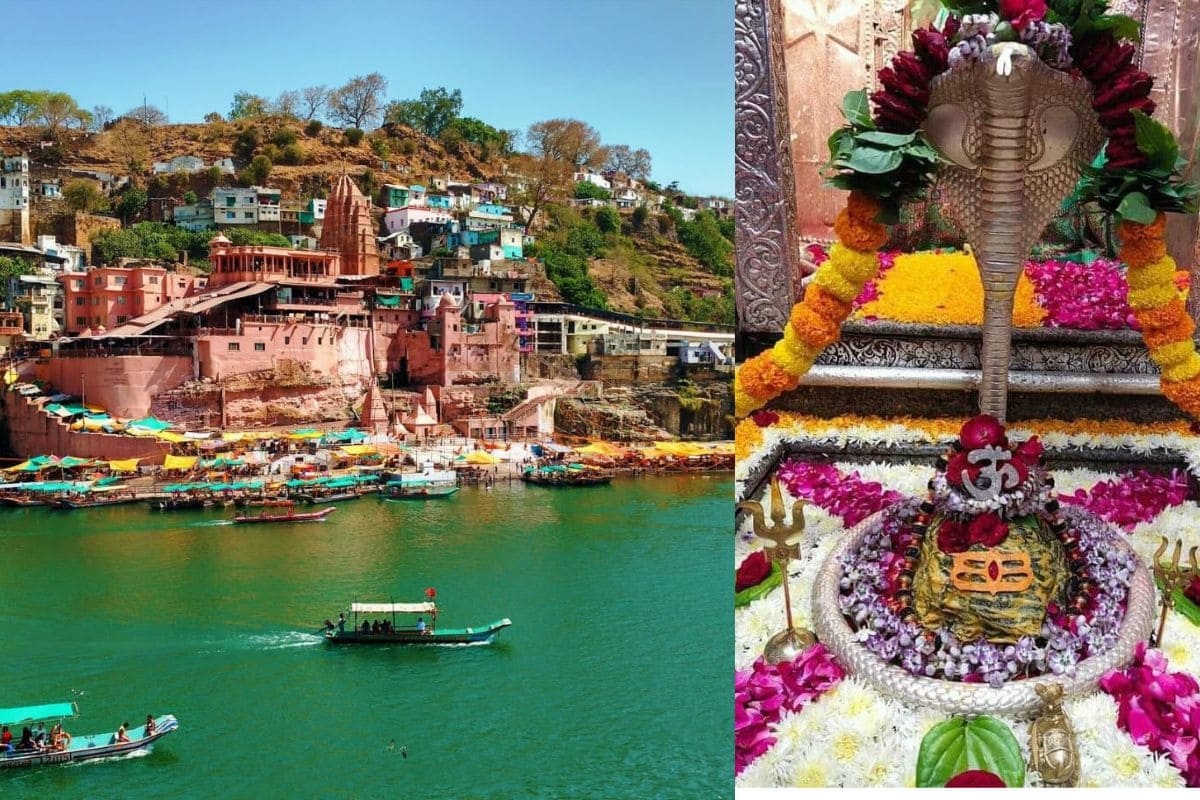
Omkareshwar Jyotirlinga temple history, Significance, location, nearest place
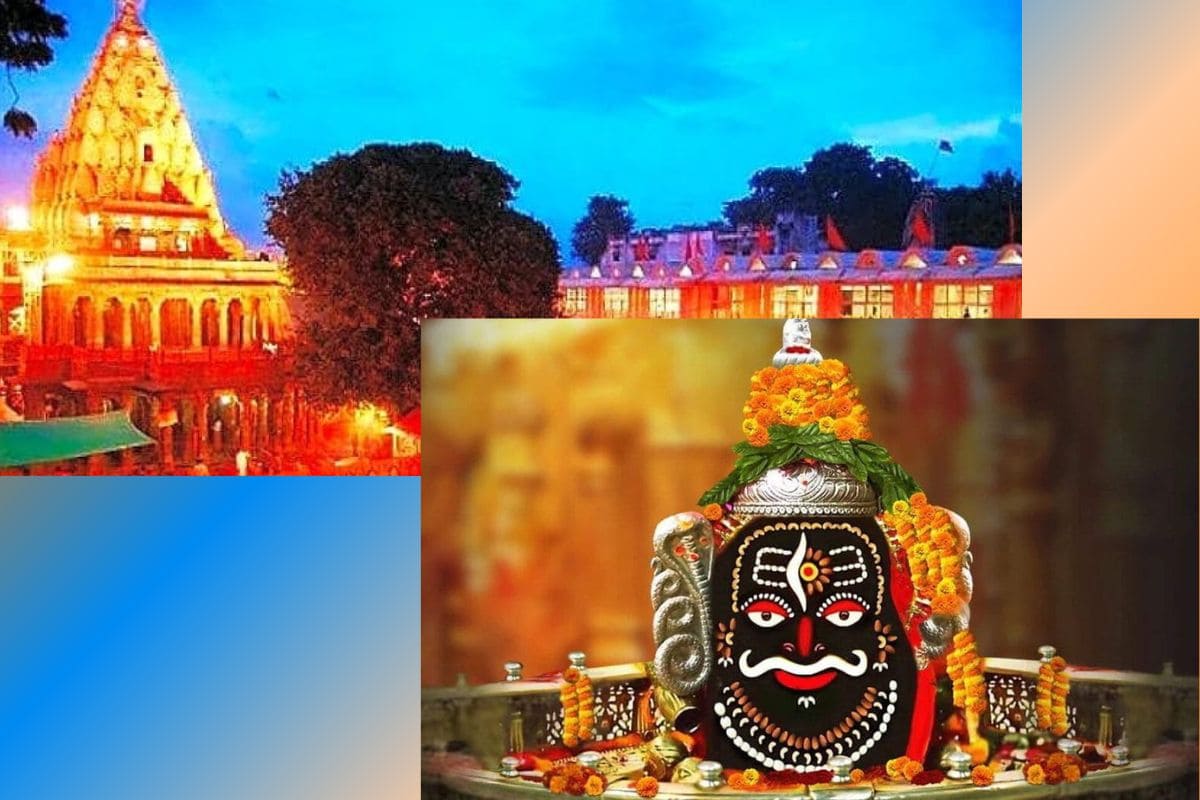
Mahakaleshwar Jyotirlinga temple history, Significance, location, nearest place
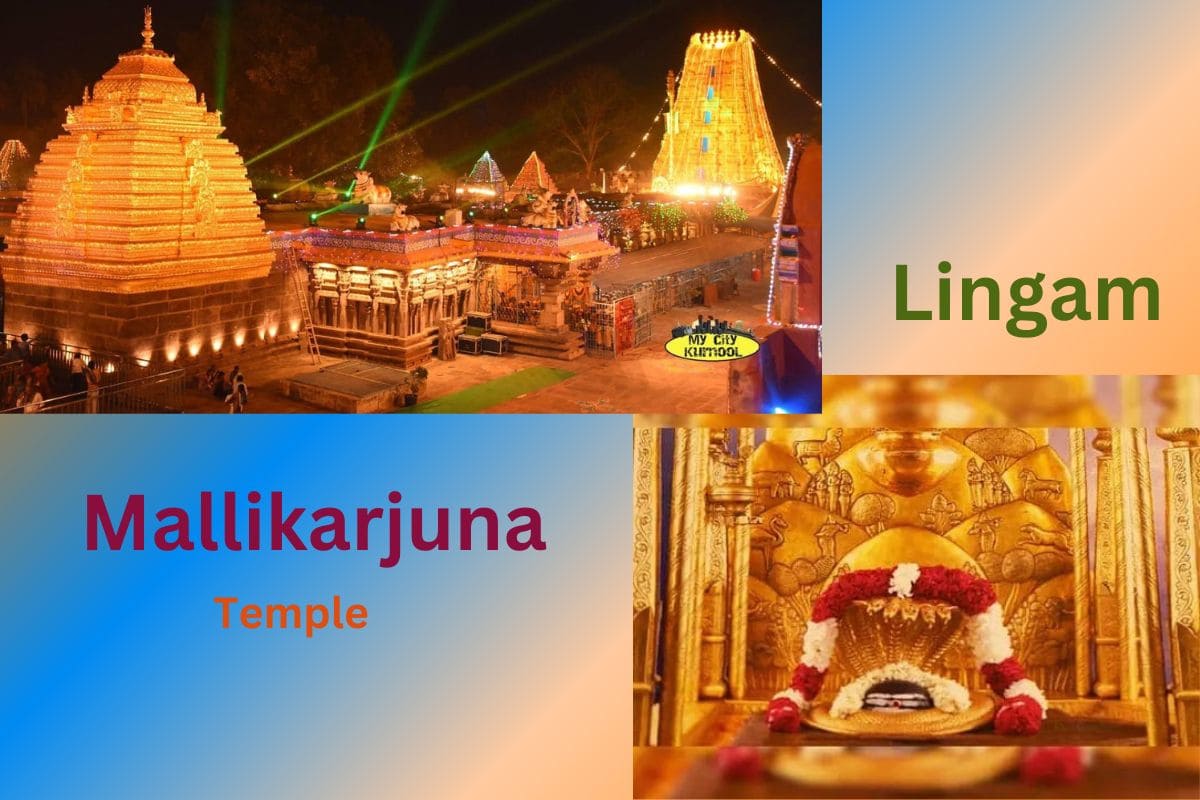
Mallikarjuna Jyotirlinga temple history, Significance, location, nearest place
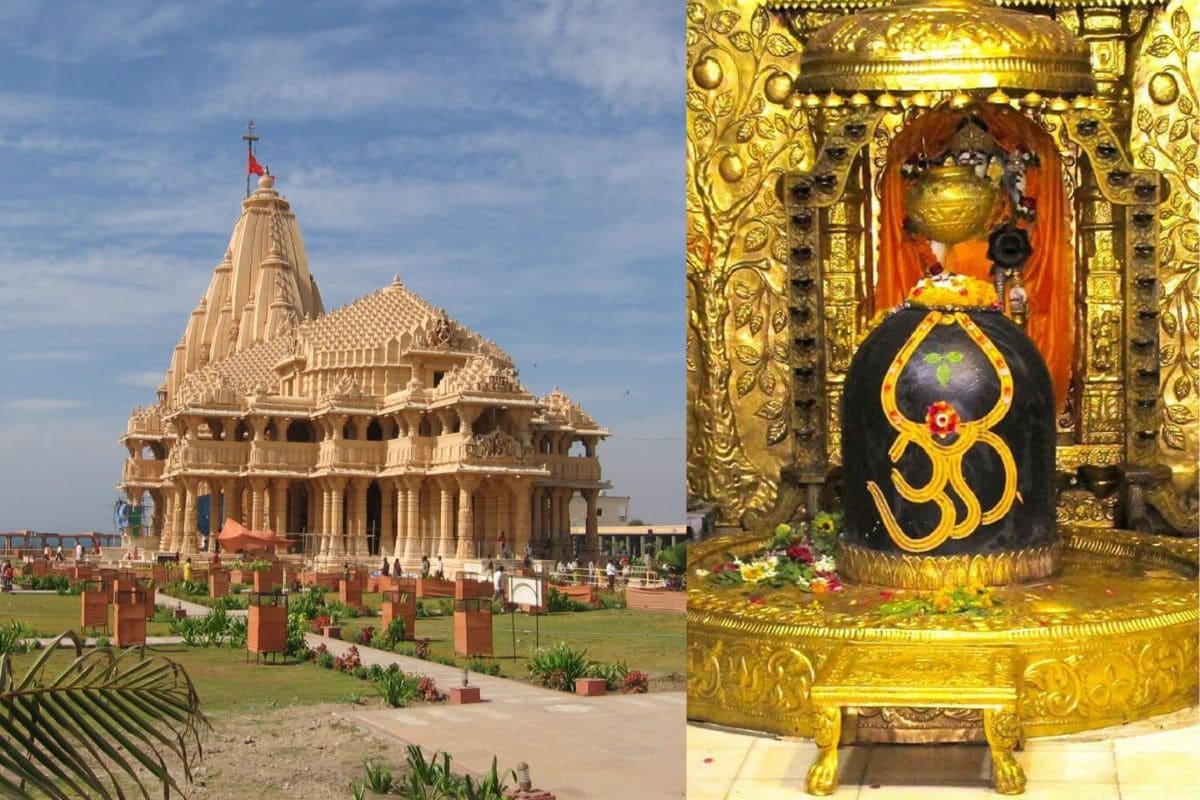
Somnath Jyotirlinga temple history, Significance, location, nearest place
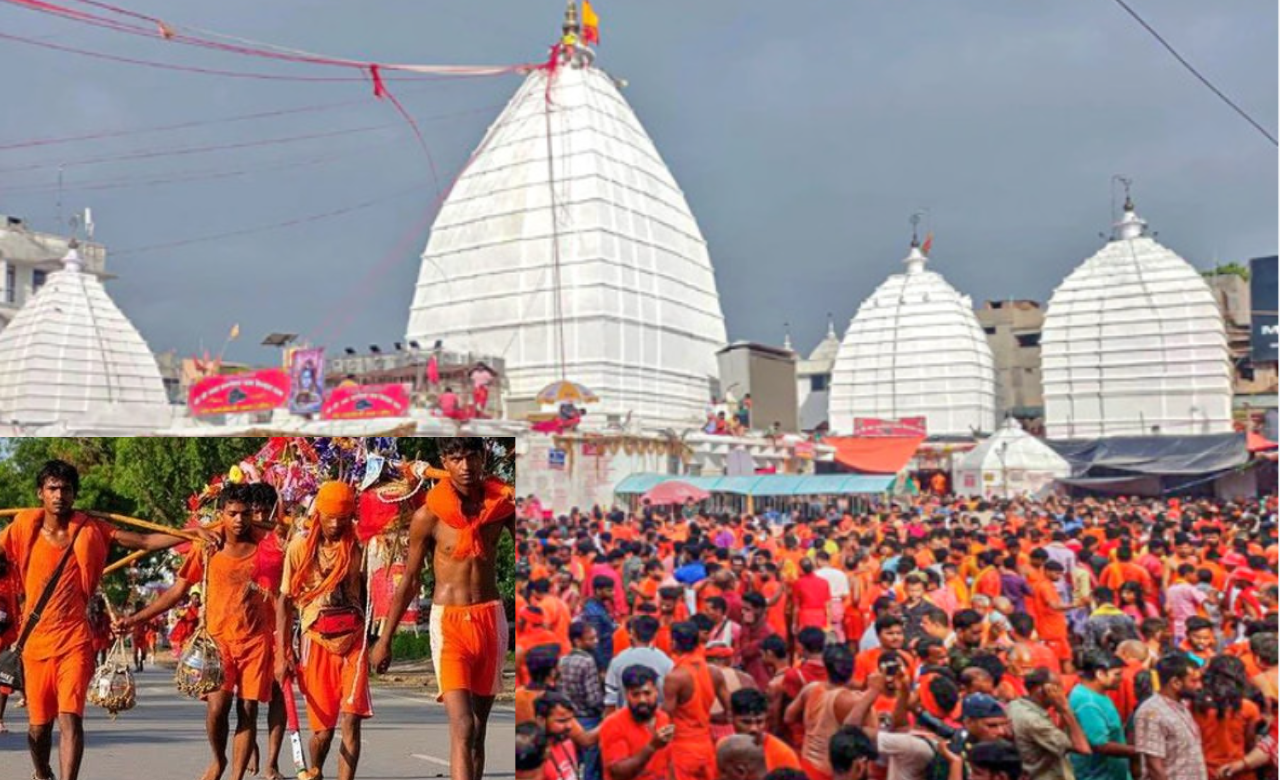
Why the Kanwar Yatra is important in Shravan month?
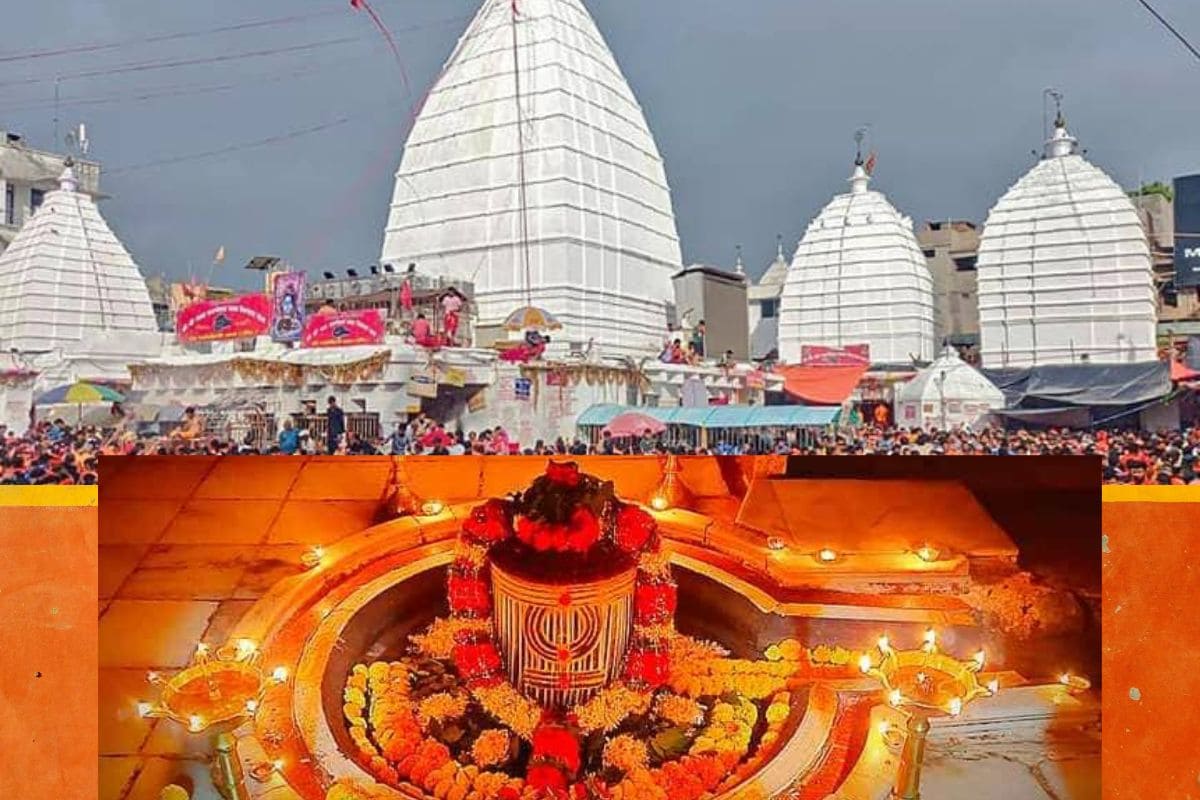
12 Jyotirlingas Name, Place, Location

What is Full stack Developer?

What is Education? Why It’s Important for Everyone’s Success.

100% Get Free Web Hosting and Domain

Typing professional site is real or fake



